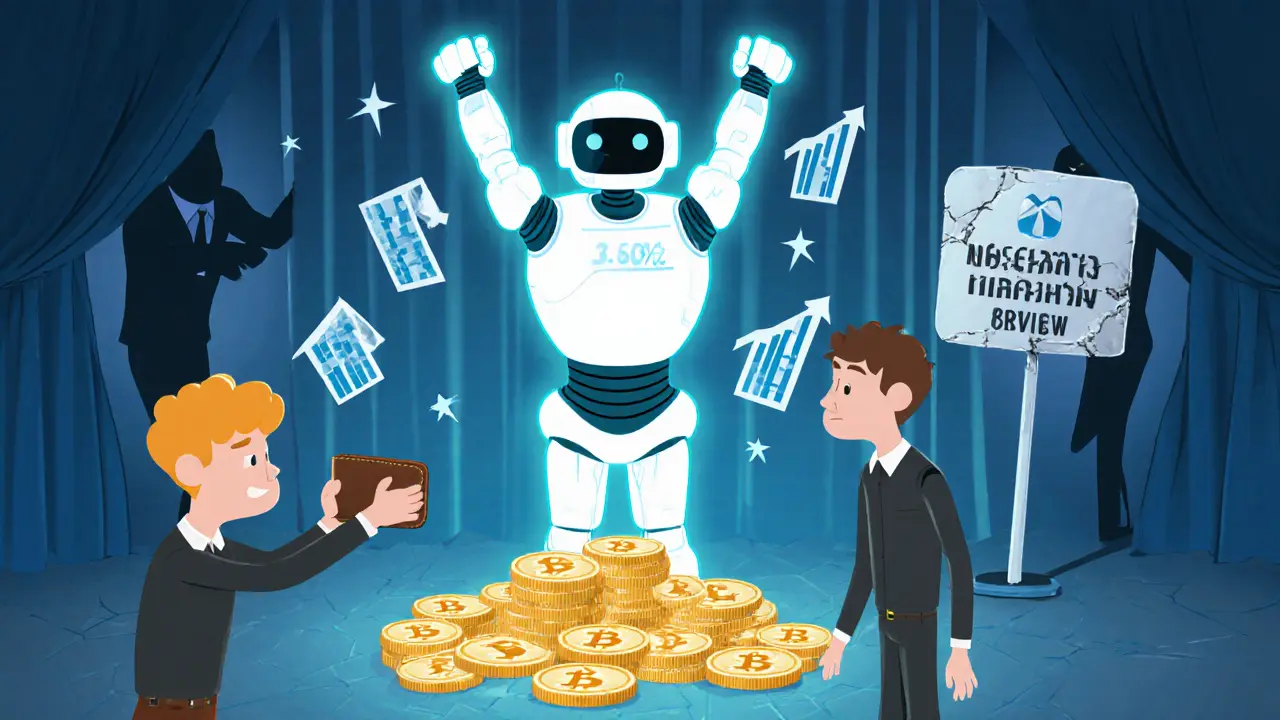Nivex crypto exchange promises AI-powered trading with huge returns, but lacks regulation, transparency, and verified performance. This review exposes its red flags and warns users to avoid this high-risk platform in 2025.
Nivex Scam: What Happened and How to Avoid Similar Crypto Scams
When people talk about the Nivex scam, a fraudulent crypto exchange that disappeared after collecting user deposits without ever launching trading services. Also known as Nivex exchange scam, it’s a textbook example of how fake platforms lure users with promises of high returns, then vanish without a trace. This isn’t just one bad actor—it’s part of a growing pattern where anonymous teams create fake exchanges, run fake airdrops, and disappear before anyone can withdraw.
These scams often mirror real platforms. They use similar names, copy website designs, and even fake social media accounts to look legit. The exit scam, a type of fraud where operators collect funds and then shut down the platform permanently. Also known as rug pull, it’s become one of the most common ways crypto investors lose money. Unlike failed projects with transparent teams, exit scams have no intention of delivering anything. They’re built only to steal. And they often target people who don’t know how to check if a platform is real—like whether it’s registered, has public team members, or has real trading volume.
Look at what happened with VAEX crypto exchange, a platform that never got its Hong Kong license and quietly vanished. Also known as VAEX shutdown, it’s another case where no one could verify its operations. Or YodeSwap, a DEX that drained liquidity and left users with worthless tokens. Also known as Dogechain exit scam, it showed how even decentralized platforms can be fake from day one. These aren’t isolated cases. They’re warnings. If a platform asks you to deposit before you can trade, if there’s no public team, if no one’s written a real review, if the website looks like it was made in a weekend—run.
Real exchanges don’t hide. They list their licenses, their audits, their support contacts. They have history. They have users who talk about their experiences. The Nivex scam didn’t have any of that. And neither do the ones coming next. You don’t need to be a tech expert to avoid these traps. You just need to know what to look for—and what to ignore.
Below, you’ll find real cases of crypto scams that looked convincing until they weren’t. You’ll see how they tricked people, what signs were ignored, and how to spot the same patterns before it’s too late. This isn’t about fear. It’s about staying safe in a space full of predators.
